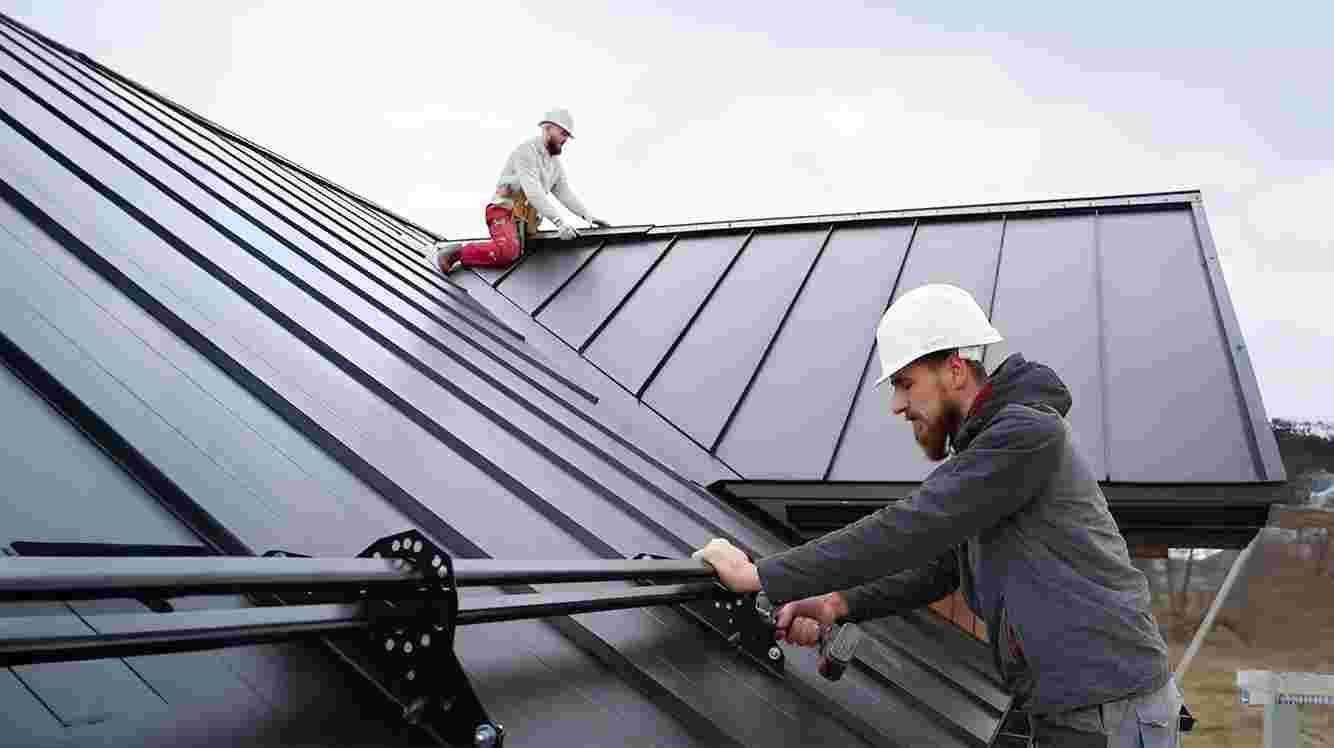Your roof is your home’s first line of defense against the elements. It shields you from rain, snow, wind, and sun — but over time, even the best roofs can develop problems. Whether you live in a brand-new house or a decades-old property, staying ahead of roofing issues can save you from expensive repairs and stressful emergencies.
In this article, we’ll cover some of the most common roofing problems homeowners face and offer practical tips on how to prevent them.
1. Leaking Roofs
Leaks are among the most frequent and damaging roofing issues. They can be caused by broken shingles, cracked flashing, poor installation, or clogged gutters. Left unchecked, even a small leak can lead to mold growth, structural damage, and high repair costs.
Prevention Tip:
Inspect your roof regularly — especially after storms. Look for missing shingles, damp spots in the attic, or water stains on ceilings. Keep your gutters clean to prevent water from backing up under shingles.
2. Damaged or Missing Shingles
Shingles can become loose, curl, or crack due to age, weather exposure, or poor-quality materials. Strong winds and storms can also rip them off entirely, exposing your roof’s underlayment to the elements.
Prevention Tip:
Use high-quality roofing materials designed to withstand local weather conditions. After a storm, do a visual inspection (from the ground or with binoculars) to spot any missing or broken shingles. Replace them promptly to avoid further damage.
3. Poor Roof Ventilation
Without proper ventilation, heat and moisture can build up in your attic. This can cause the roof decking to warp, insulation to deteriorate, and mold to grow. Over time, this reduces your roof’s lifespan and increases energy costs.
Prevention Tip:
Ensure your attic has adequate intake and exhaust vents. If you’re unsure, consult a roofing professional to assess your ventilation system.
4. Flashing Failures
Flashing is the metal or plastic material installed around roof penetrations (like chimneys, skylights, and vents) to direct water away. If it becomes corroded, loose, or improperly installed, it can allow water to seep into your home.
Prevention Tip:
Check flashing during seasonal roof inspections. Look for rust, cracks, or gaps. Seal any small cracks with roofing caulk, but consider professional help for larger problems.
5. Clogged Gutters and Downspouts
Your gutter system is crucial for channeling water away from your roof and foundation. If gutters are clogged with leaves or debris, water can pool on your roof or overflow, causing rot, leaks, or even foundation issues.
Prevention Tip:
Clean your gutters at least twice a year — ideally in the spring and fall. Installing gutter guards can help reduce the frequency of cleanings and ensure proper drainage.
6. Sagging Roof
A sagging roof is a serious issue that often signals structural problems. Causes include excessive weight (from snow or water), deteriorating supports, or faulty design. It poses a safety risk and can lead to collapse if ignored.
Prevention Tip:
Don’t let debris or snow accumulate on your roof. If you notice sagging areas, contact a structural engineer or roofing contractor immediately.
7. Pest Infestations
Birds, squirrels, raccoons, and insects can find their way into your roof or attic through small gaps or damaged areas. They can cause damage to insulation, wiring, and wood structures.
Prevention Tip:
Seal any openings and keep tree branches trimmed away from your roof. If you hear noises in your attic, act quickly to identify and remove the pests.
8. Aging Roof
Roofs don’t last forever. Depending on the material, your roof’s lifespan might be anywhere from 15 to 50 years. As it nears the end of its life, problems like leaks, cracks, and discoloration become more common.
Prevention Tip:
Know your roof’s age and the expected lifespan of its materials. Schedule professional inspections every few years, and start planning for replacement as it approaches the end of its service life.
When to Call the Professionals
Not every roofing issue can be handled with DIY fixes. Some problems — like widespread leaks, structural sagging, or storm damage — require immediate attention from professionals.
If you’re in urgent need of help, don’t wait. Services like emergency roof repair Windsor offer quick response times to prevent further damage. Similarly, for residents in the surrounding areas, emergency roof repair Hampton can be a lifeline during weather-related roof crises. For ongoing issues in nearby towns, reliable roof repairs Egham ensure long-term fixes rather than quick patches.
Final Thoughts
Your roof does a lot of heavy lifting when it comes to protecting your home — but it needs a little help to stay in good shape. By staying proactive, performing regular inspections, and addressing small issues early, you can extend your roof’s lifespan and avoid costly emergencies.
Don’t ignore the warning signs. A small investment in maintenance today can save you from a major headache (and expense) tomorrow.




